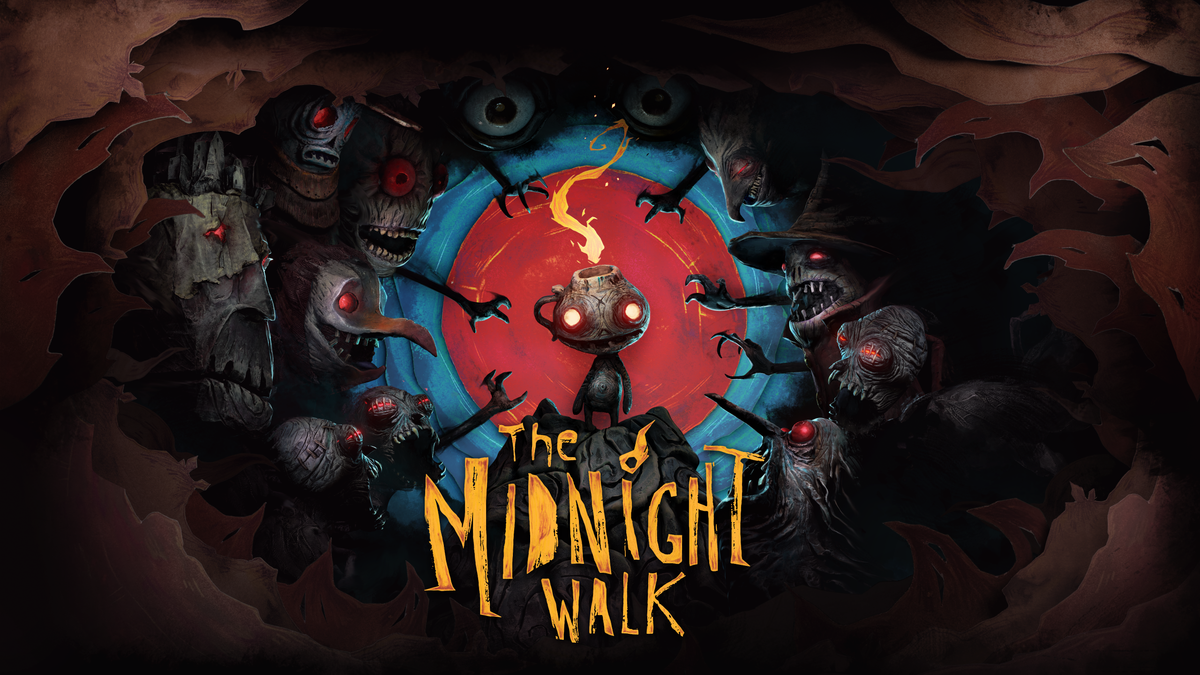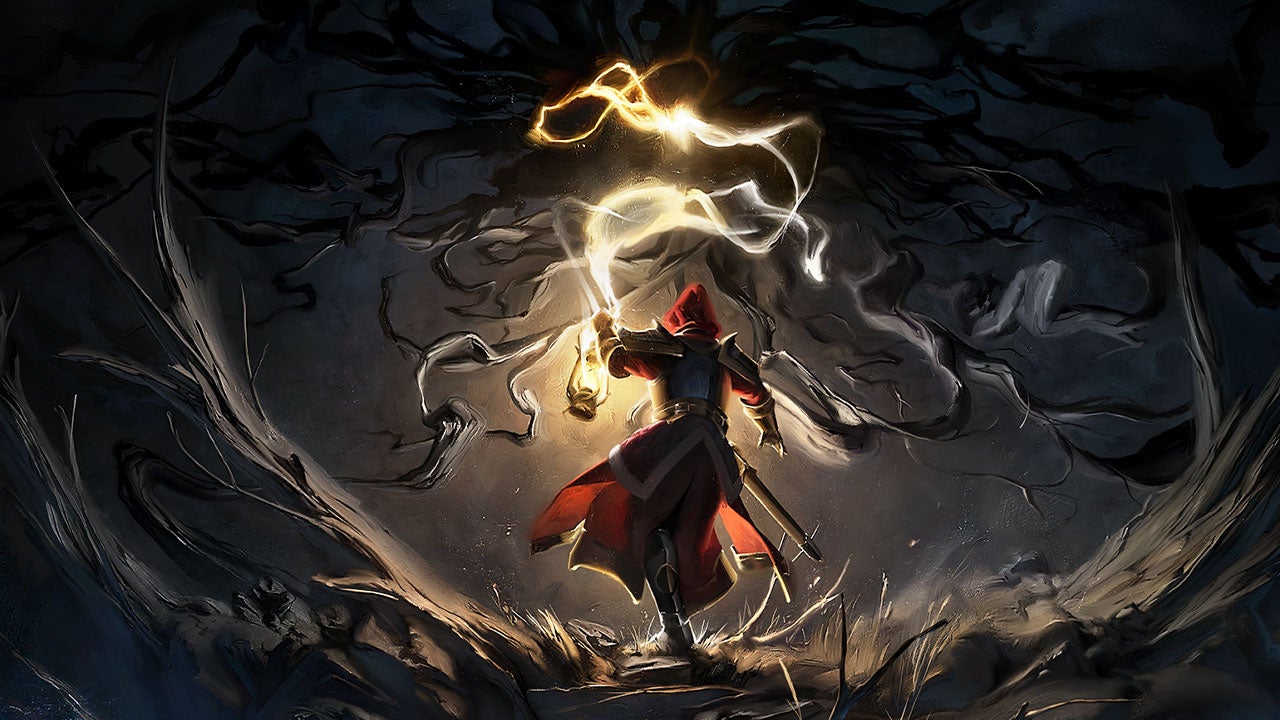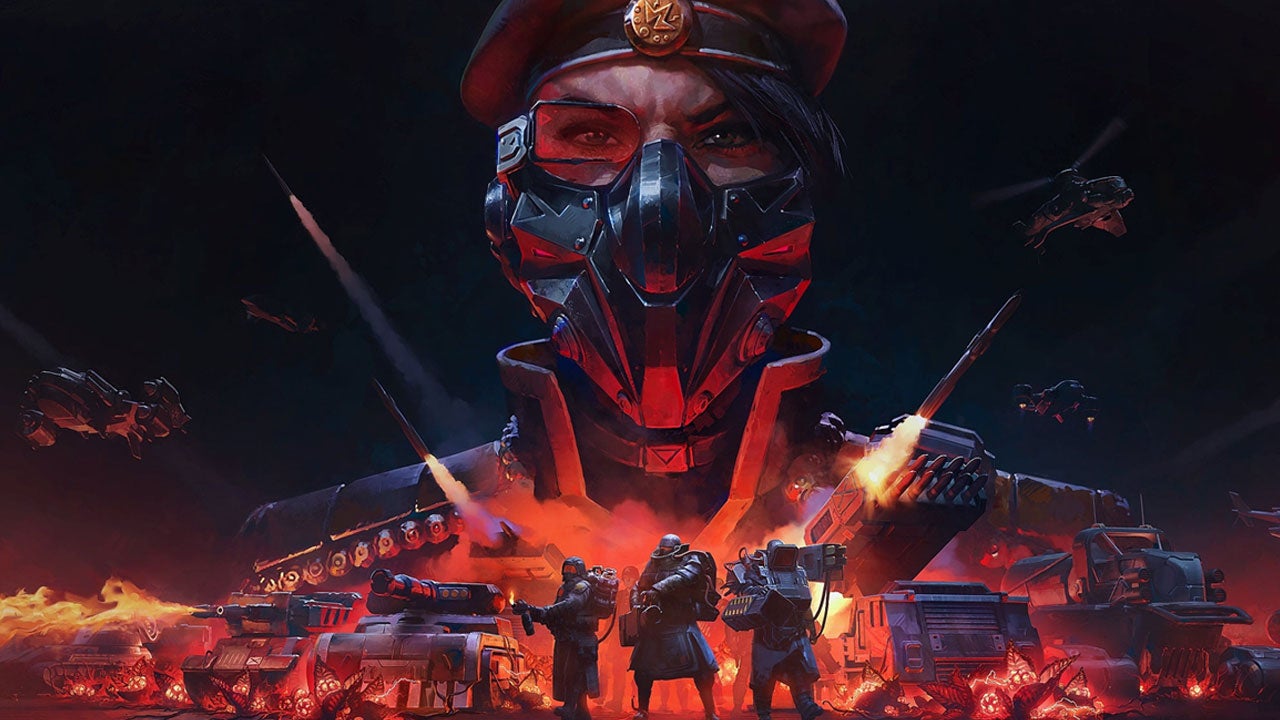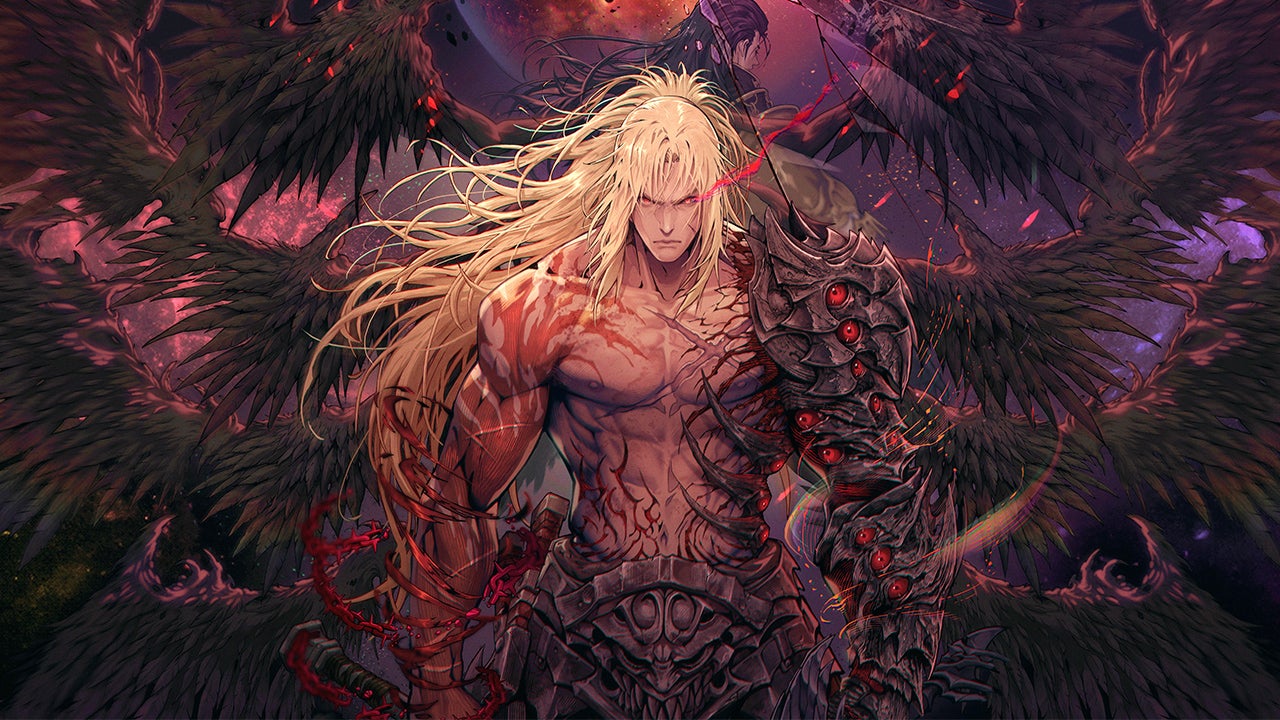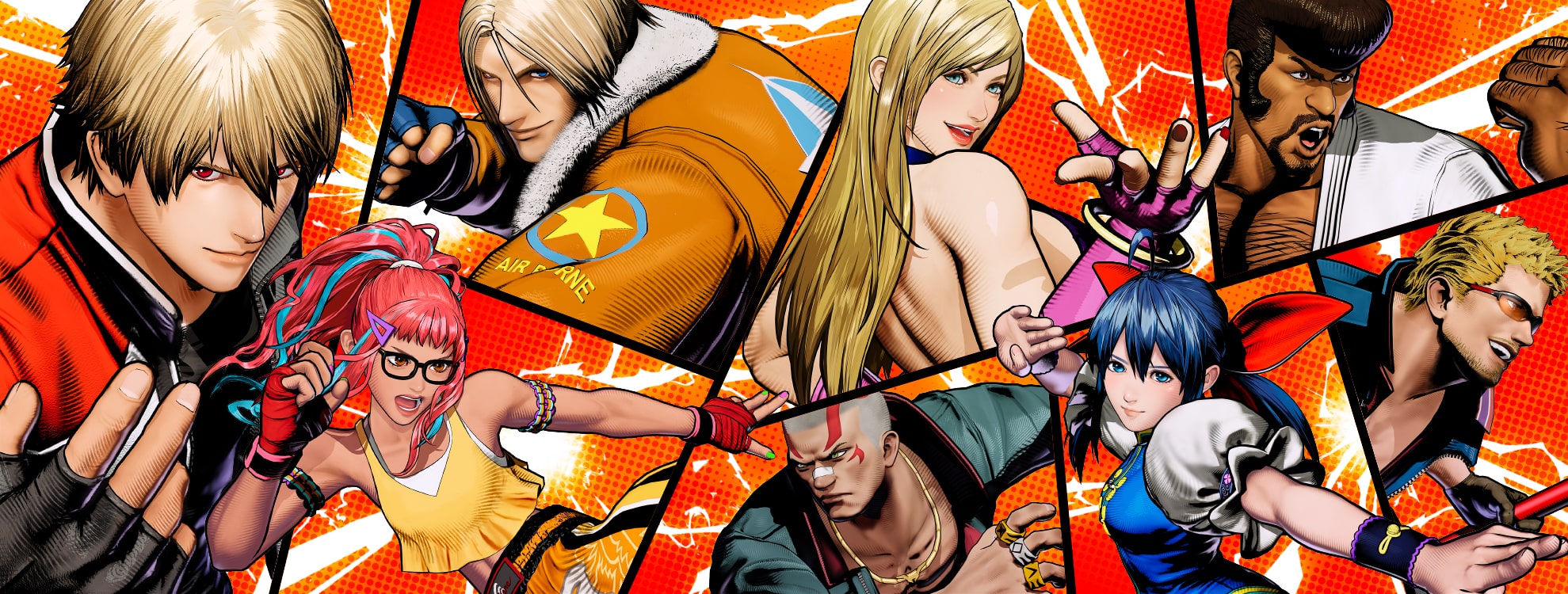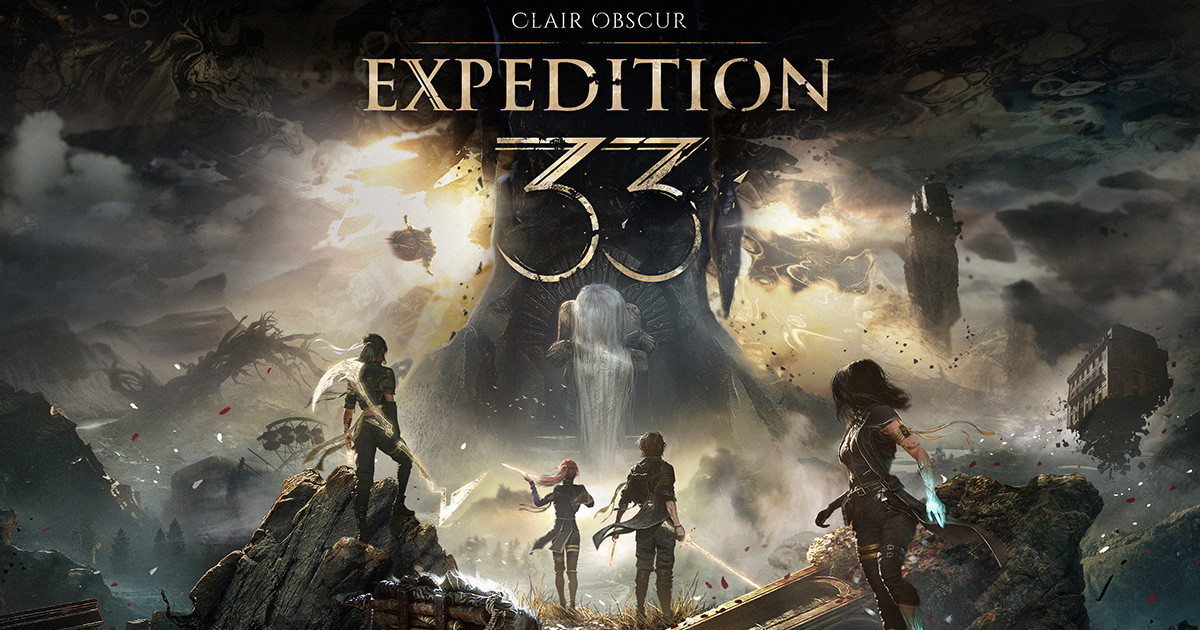The Midnight Walk is a haunting puzzle-horror adventure that left an indelible impression on me, both for its arresting visuals and its deeply emotional narrative. From the moment it began—with a character known only as the Burnt One emerging from a grave—I found myself enveloped in a world of perpetual night, where fire is more than just a source of light. It’s a symbol of memory, survival, destruction, and hope. The game touches on age-old human fears and inspirations, as ancient as the first flame. Fire doesn’t merely illuminate in this tale—it reveals, it consumes, and it changes the world around it.
You begin your journey blind and deaf, until a fellow creature offers you the gift of sight and hearing. Nothing is explained outright; you’re thrown into a quiet, cold world populated by monsters called Crawlers—nightmarish beings that twitch and skitter in deeply unsettling ways. You’ll find yourself hiding in wardrobes, holding your breath, and clutching tightly to your small reserves of light. Matches become lifelines, allowing you to see and survive. Every flicker of flame feels fragile and sacred, and each new corner of this grim world is thick with tension and unspoken history.
The controls and mechanics are minimal, but they are used in clever, evolving ways throughout. Lighting candles to solve puzzles is only the beginning. A wardrobe isn’t just a hiding spot—it might also serve as a passage to other parts of the world. Even your weapon, a match-shooting gun, is more about puzzle-solving than combat. The game frequently subverts its own rules, asking you to trust your senses—or to deliberately close your eyes to reveal hidden truths. These ideas are layered with care, keeping the experience engaging without ever becoming overly complicated.
Not all sections are flawless. Stealth sequences with Crawlers and other threats can occasionally frustrate, but the generous checkpoints keep the momentum going. These moments are the few times when the immersion faltered slightly for me. Still, they’re brief disruptions in an otherwise consistent and gripping journey.
The emotional heart of the game is Potboy, a timid creature made of pottery who is capable of carrying fire. At first, he’s wary of you, and in this cruel world, his fear is understandable. But once he begins to trust you, he becomes much more than a gameplay mechanic—he’s your companion. You’re tasked with guiding him to a place called Moon Mountain, a destination tied to hope and possible renewal. Your relationship with him grows as the hours pass, not through dialogue but through glances, gestures, and the mutual understanding that develops between two souls navigating a world gone wrong.
Potboy isn’t the only unforgettable character you meet along the way. The game is populated by figures crafted from real clay and traditional materials, animated with the eerie precision of stop-motion. There are wise and cryptic Soothsayers with twin heads who vanish after offering insights; the ageless Soulfisher, who joins you at fires to share quiet moments; and Housy, your mobile shelter who protects and stores the remnants of your journey. None of these characters offer straight answers, and that’s part of the magic. They inhabit this world naturally, without exposition or simplification for your sake.
Much of the story and lore comes through discovery. You’ll find Shellphones—old-world artifacts that contain pieces of the past, fragments of stories told by unknown voices. It’s left to you to piece together what happened, who is speaking, and why it matters. This lack of hand-holding demands attention, but it rewards curiosity with meaning.
The journey to Moon Mountain is marked by sorrowful and moving tales. Along the way, you witness the remnants of lives undone by grief, revenge, or desperate hope. There’s a settlement of floating heads, desperate to atone for past misdeeds. A being who mourns the extinction of its kind. A girl who lights matches to remember the stars. Not every vignette lands with equal weight—The Tale of the Craftman’s Heart, for instance, felt a bit too distanced—but even the lesser stories resonate because they’re steeped in emotion and crafted with care.
This is a game drenched in melancholy. It’s about loss and cycles of pain, but also about the small ways we push back against the dark. Lighting a candle won’t banish all shadows, but it can give comfort to someone nearby. Potboy’s gentle glow becomes a reminder that there’s still warmth in this world, even when it seems like everything is falling apart.
Visually, The Midnight Walk is mesmerizing. It evokes a cinematic feeling not through flashy sequences or constant dialogue, but through careful composition. Every scene is staged deliberately, guiding your eye and emotions with subtle, effective artistry. It doesn’t overstay its welcome with long cutscenes; instead, it tells its story through movement, silence, and shadow. Occasionally, this visual control comes at the cost of player freedom, with certain areas feeling restricted or overly choreographed. Yet those moments are rare, and they don’t outweigh the beauty of what’s presented.
The game offers two endings, both of which feel meaningful. One is more narratively satisfying, reflecting the complexity of the world and its themes. The other, simpler yet poignant, may linger with players for different reasons. Whichever path you end up seeing first, it’s likely you’ll be drawn back to witness the other. I certainly was.
Long after the credits rolled, I found myself thinking about The Midnight Walk. I wasn’t thinking about achievements or unlockables—I was remembering the quiet moments, the mournful melodies, the flickering light in Potboy’s hands. I wanted to return not to win, but to feel again. To walk those dark roads with a friend who never said a word, but who meant more than most voiced characters ever do.
The Midnight Walk doesn’t demand dozens of hours. It took me around eight, and I moved slowly, soaking in the atmosphere. It doesn’t boast intricate combat or elaborate mechanics, but what it does offer is powerful: a journey through darkness that asks you to find meaning in flickers of light, in companionship, in memory. It challenged me not with puzzles, but with emotion. In the end, I lit a match—and found I wasn’t alone.

